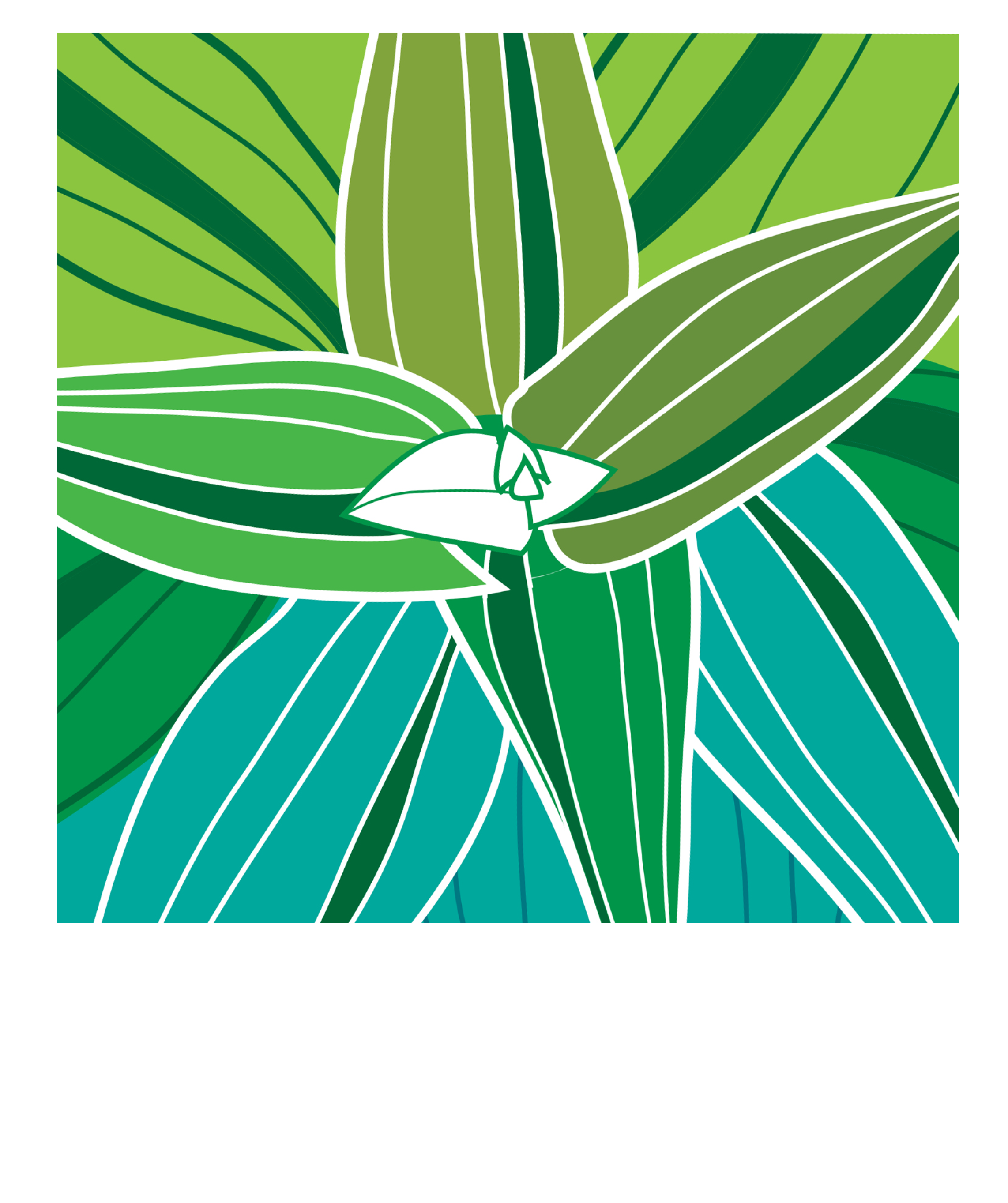
'ahinahina

‘ilima

‘ōhiʻa


When plant populations decline, other life that depends on them also declines. Severing ecological relationships has consequences that cascade through the natural environment and into our own.
Featured Native Plants
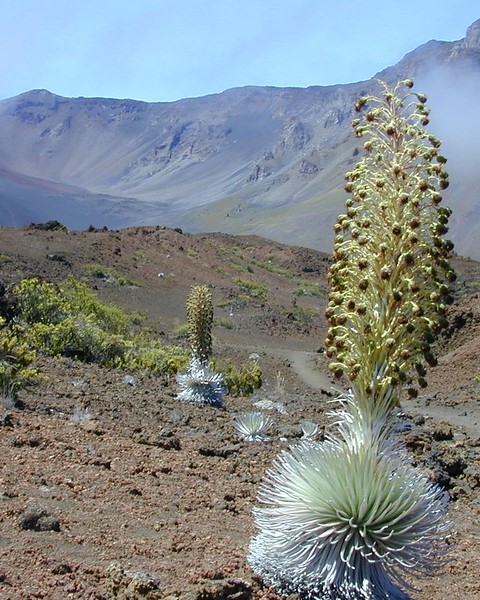
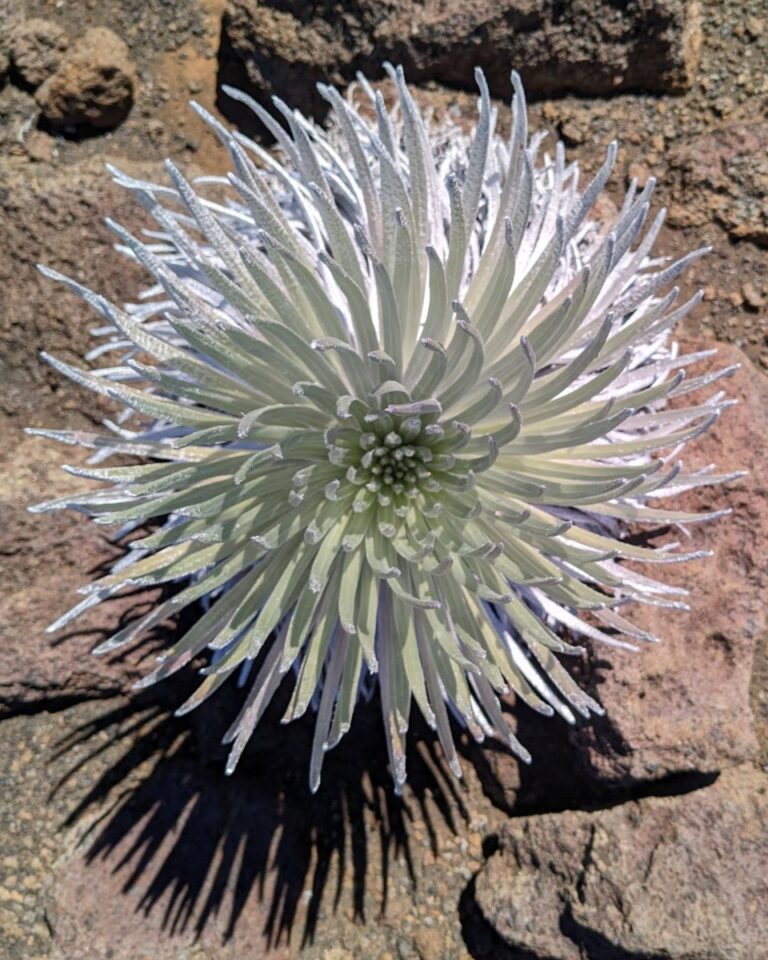
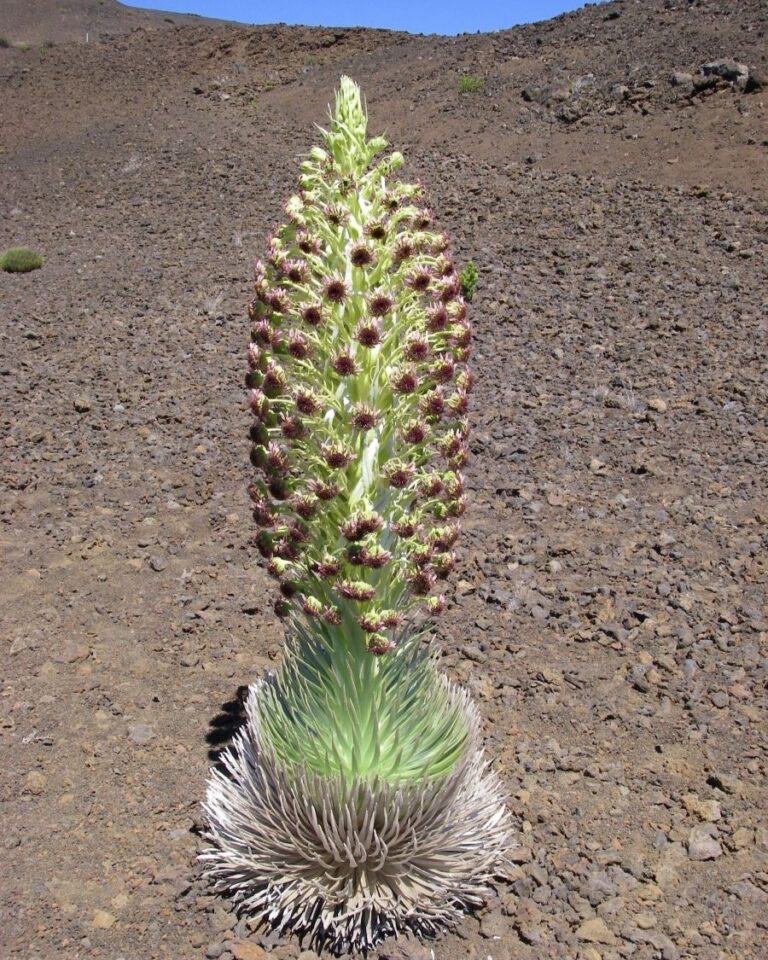
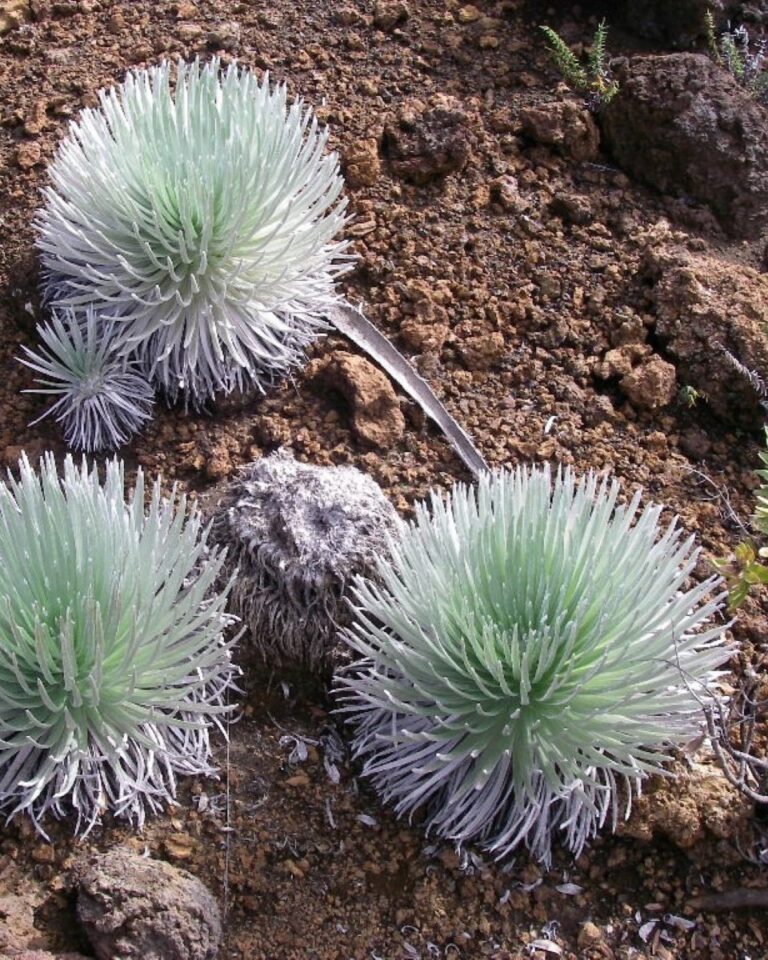
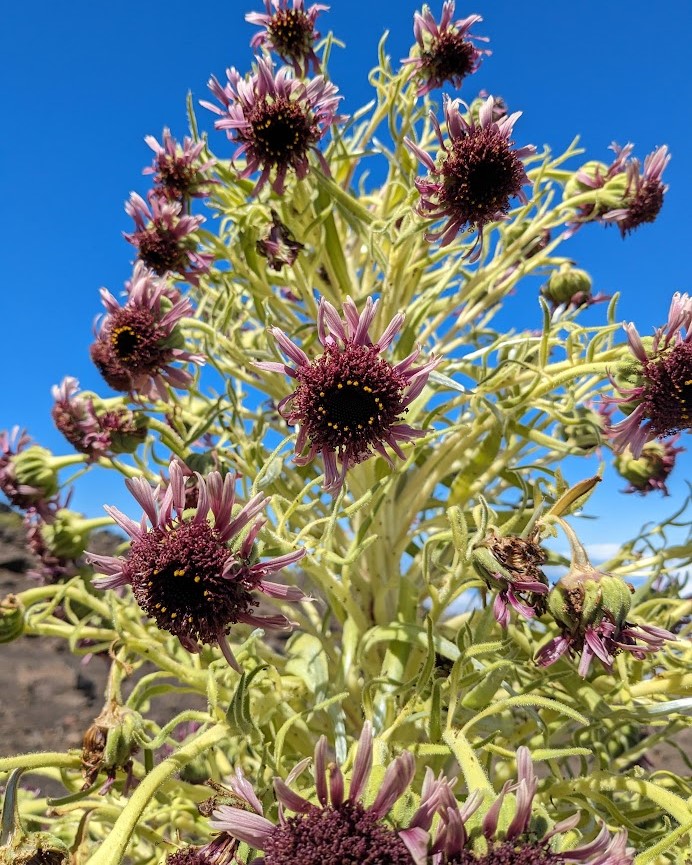
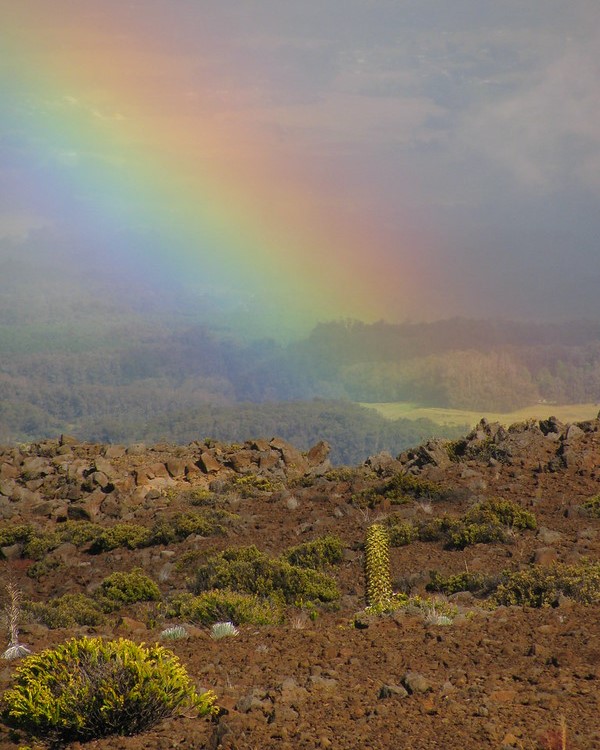
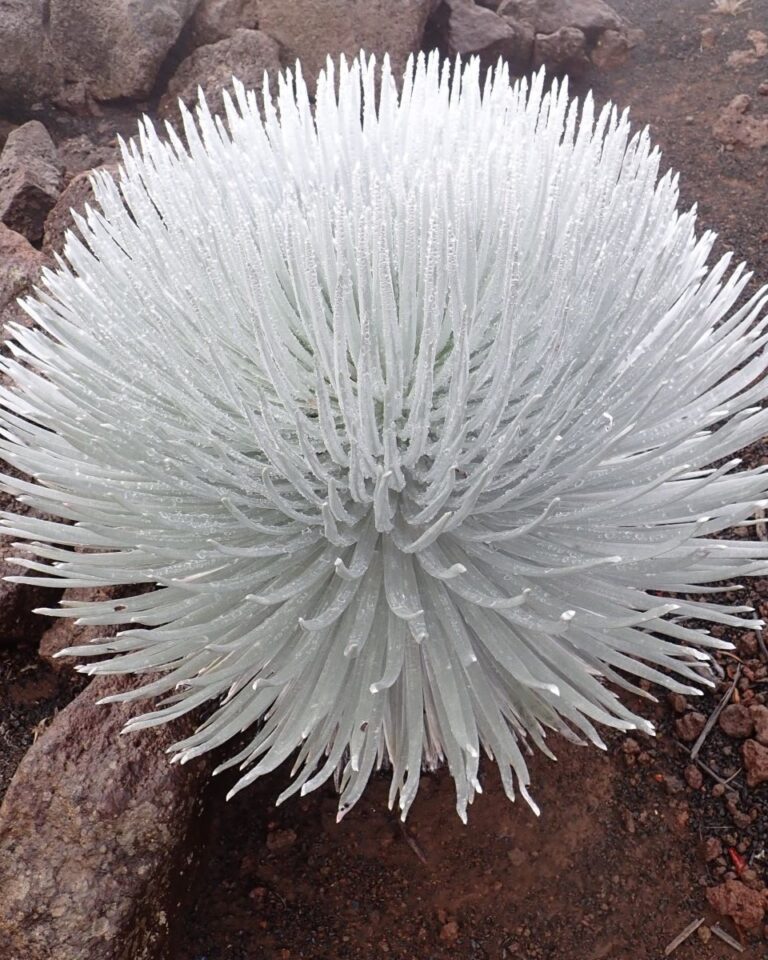

The Hawaiian name of this plant is ‘ahinahina, which refers to its silvery leaves. The scientific names of species of ‘ahinahina include Argyroxiphium sandwicense subspecies macrocephalum and subspecies sandwicense. ʻAhinahina are members of the daisy family.
‘Ahinahina live for many decades and flower once in their lifetimes, which we refer to as being monocarpic.
Both subspecies occur in alpine cinder deserts in Hawai‘i’s tallest mountains at elevations of 7,000 to 12,300 feet. You can find A. sandwicense subspecies macrocephalum in Haleakalā on the island of Maui and A. sandwicense subspecies sandwicense in Mauna Kea on Hawai‘i Island.
‘Ahinahina live for many decades and flower once in their lifetimes, which we refer to as a monocarpic plant. They are obligate outcrossers, which means they can only reproduce by receiving another individual’s pollen and cannot self-reproduce using their own pollen. Due to this, they rely on pollinators like Hawai‘i’s native yellow-faced bees or nalo meli maoli.
‘Ahinahina are protected by the Endangered Species Act due to a decline in their populations. They are threatened by non-native species and climate change. A. sandwicense subspecies macrocephalum is federally listed as Threatened. A. sandwicense subspecies sandwicense is federally listed as Endangered. Both are included as priority species for the Laukahi Network.

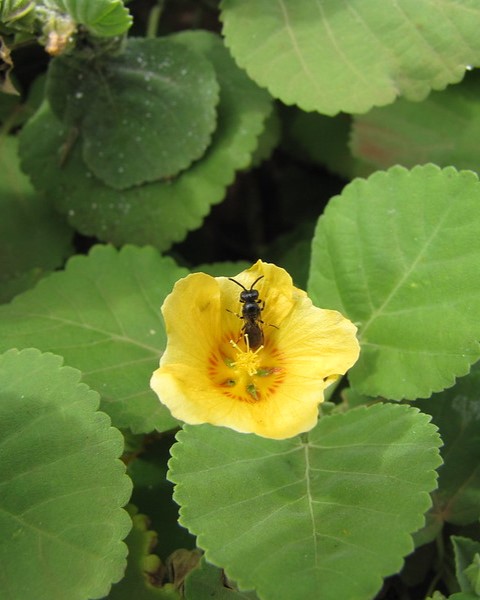
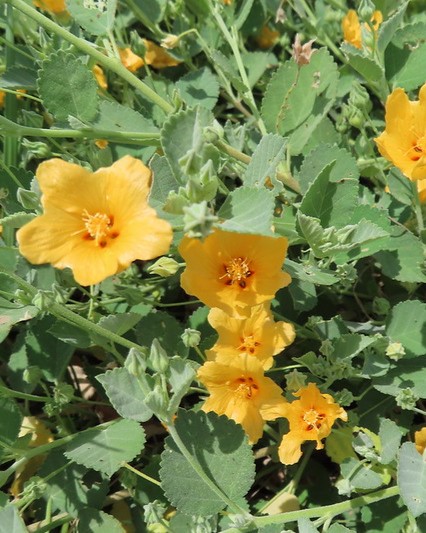


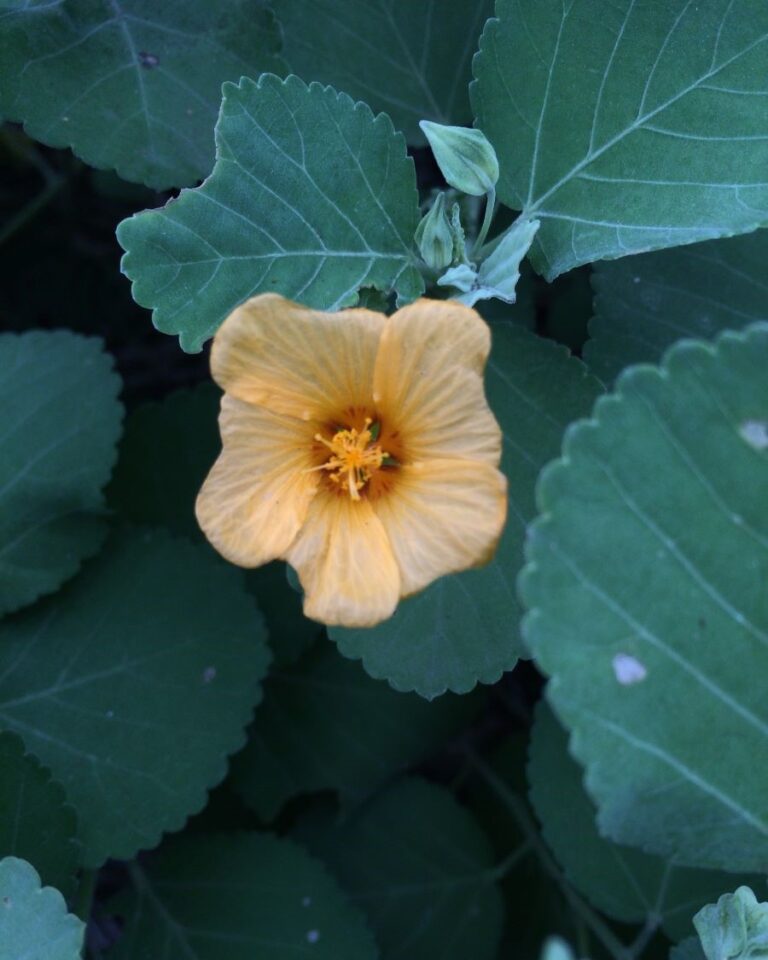
The Hawaiian name of this plant is ‘ilima.
The scientific name of ‘ilima is Sida fallax. ʻIlima is a member of the hibiscus family.
‘Ilima can be found in several habitats from sea level to 6,500 feet, including rocky or sandy coasts, raised limestone reefs, arid lava fields, dry forest, mesic forest, and sometimes in low elevation wet forest.
Across these habitats, you can find it growing in different forms, from low growing sprawling shrubs in coastal communities to upright woody shrubs in forests. The variation in ‘ilima can also be observed in its leaf shape, size, and “fuzziness” and maroon spotting on its flowers.
‘Ilima is used in lei making of which the famous lei or wreaths were only worn by chiefs. According to the Hawaiian Dictionary, an ‘ilima lei needed about 500 flowers!
As of now, ‘ilima themselves are not threatened or endangered, however, they provide habitat and food for their pollinators: nalo meli maoli (Hawai‘i’s endangered yellow-faced bees; Hylaeus). Because native plants like ‘ilima provide habitat for native wildlife, they are important to track and monitor.
As of now, ‘ilima themselves are not threatened or endangered, however, they provide habitat and food for nalo meli maoli (Hawai‘i’s endangered yellow-faced bees; Hylaeus). Because native plants like ‘ilima provide habitat for native wildlife, they are important to track and monitor.
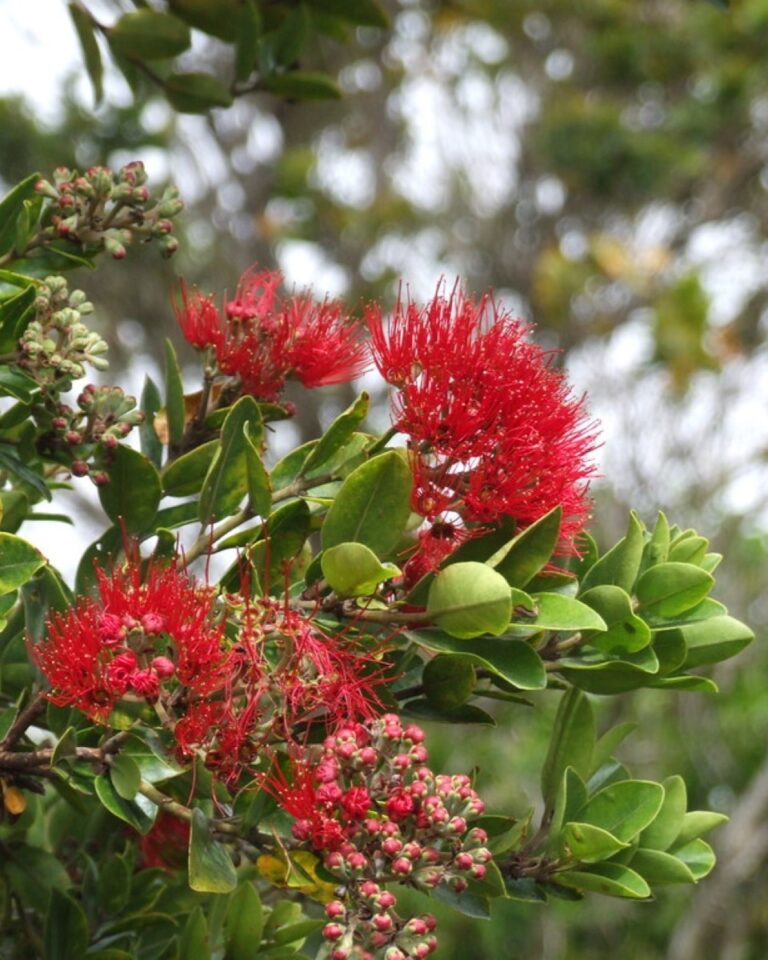
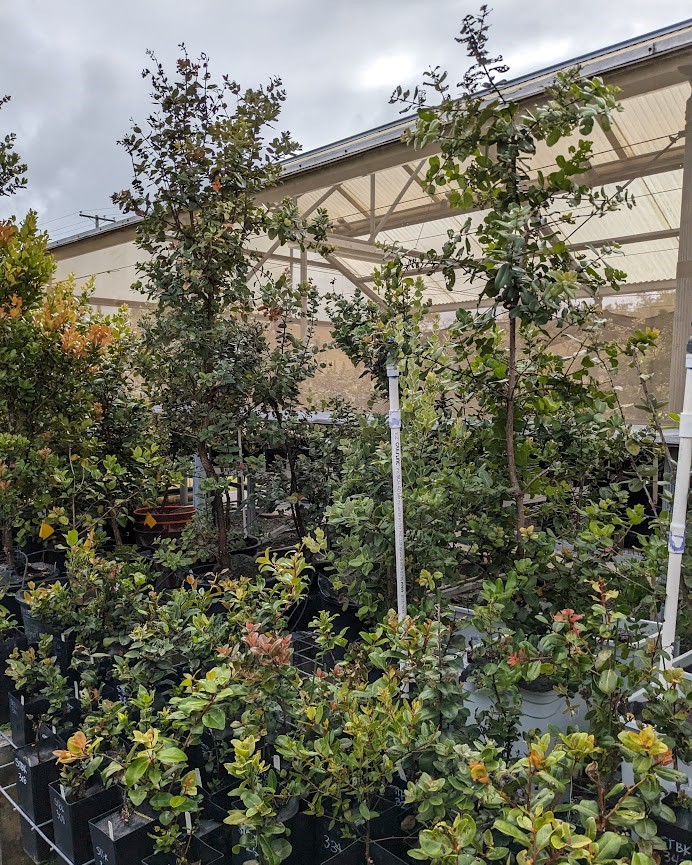
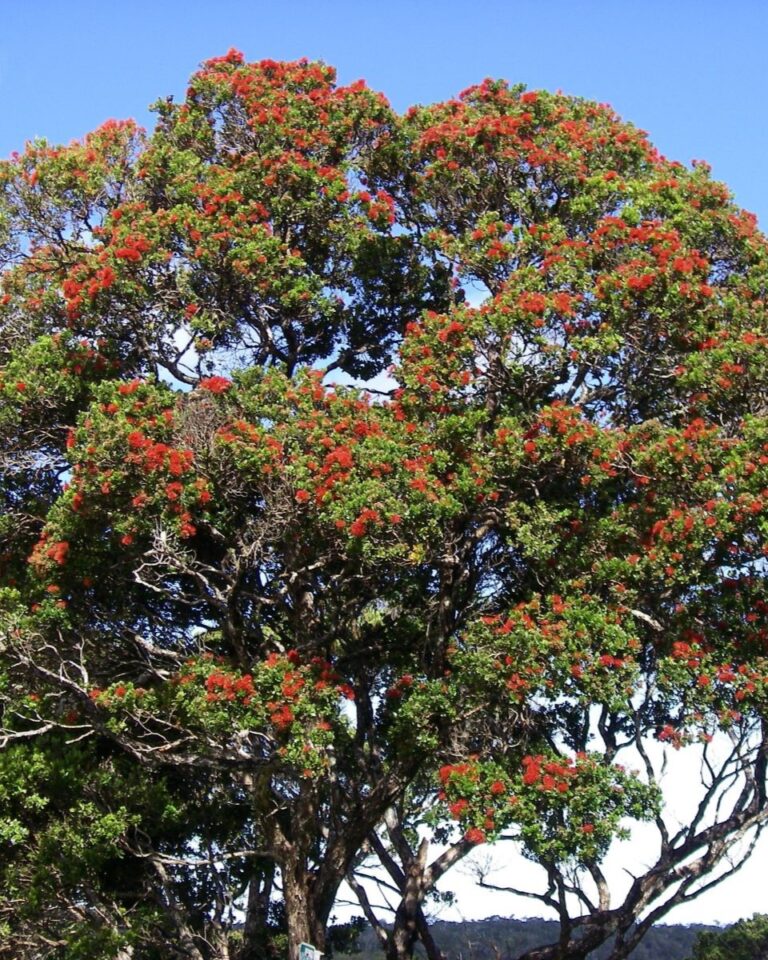
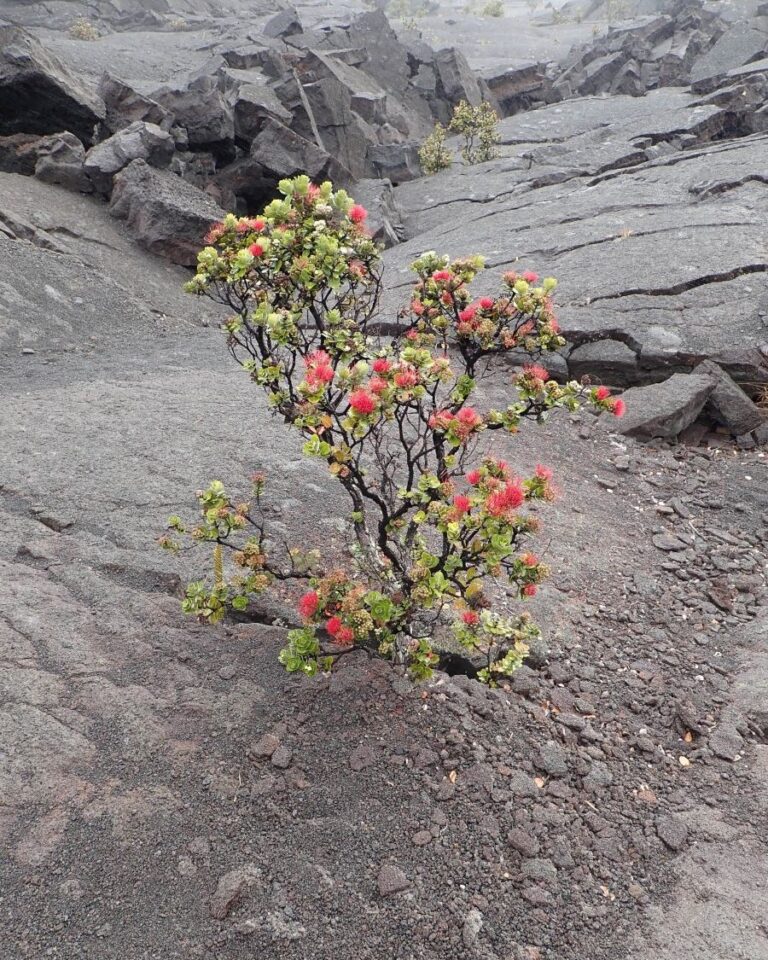
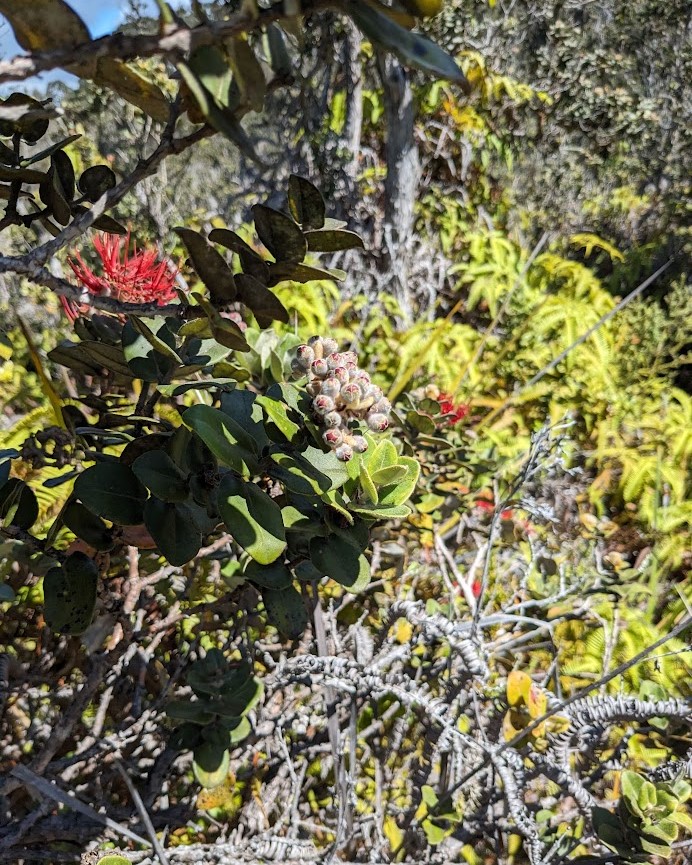
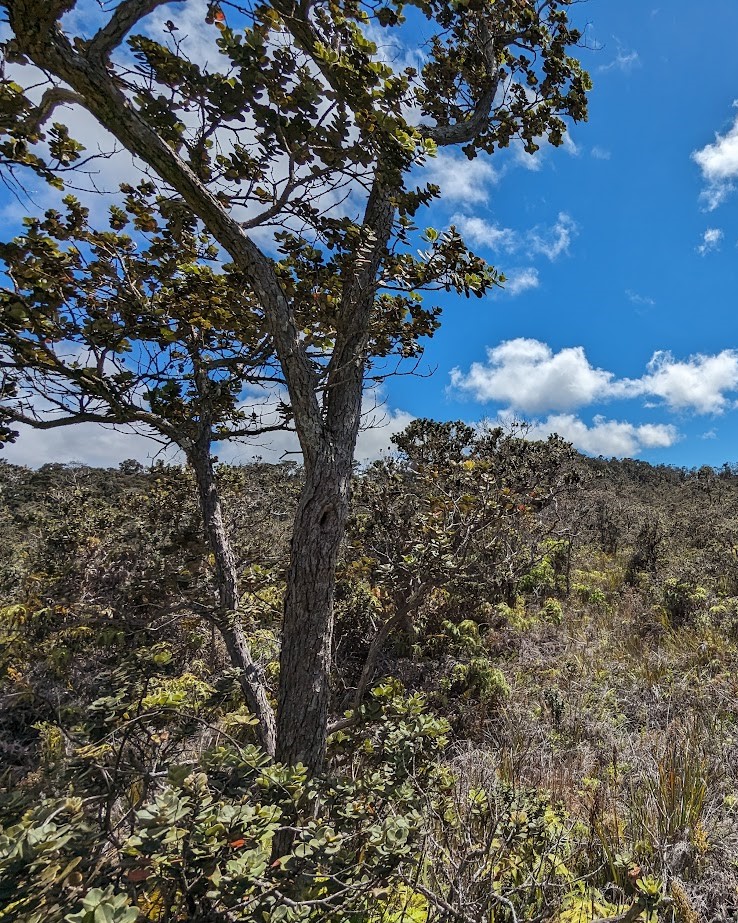
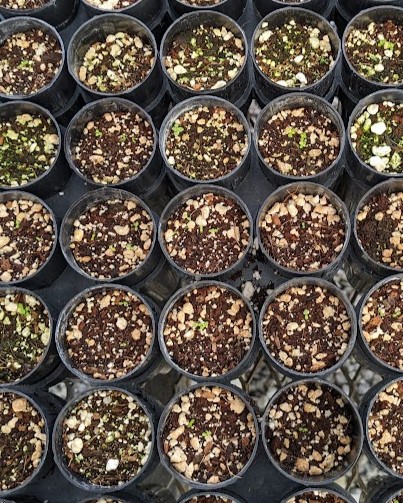
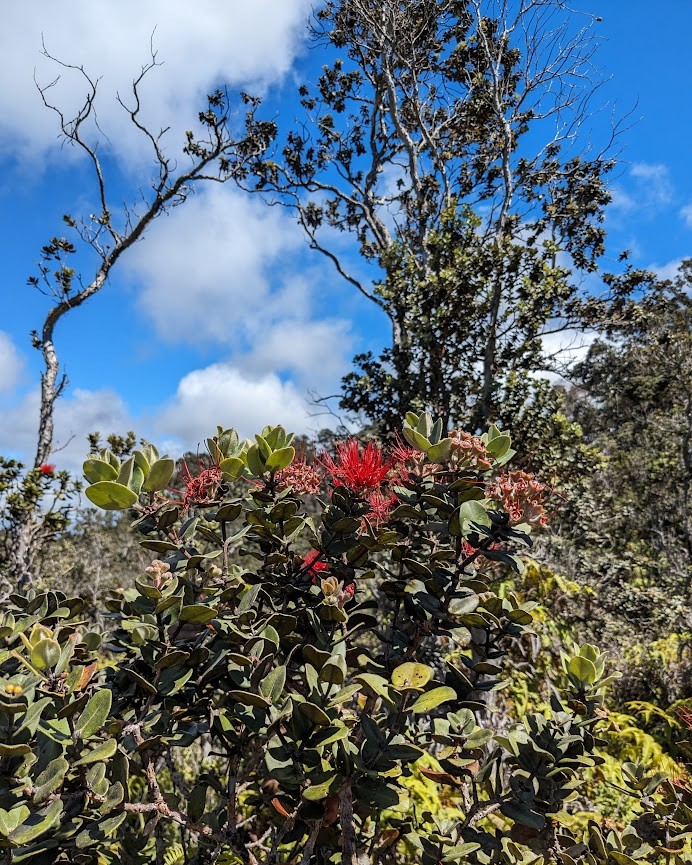
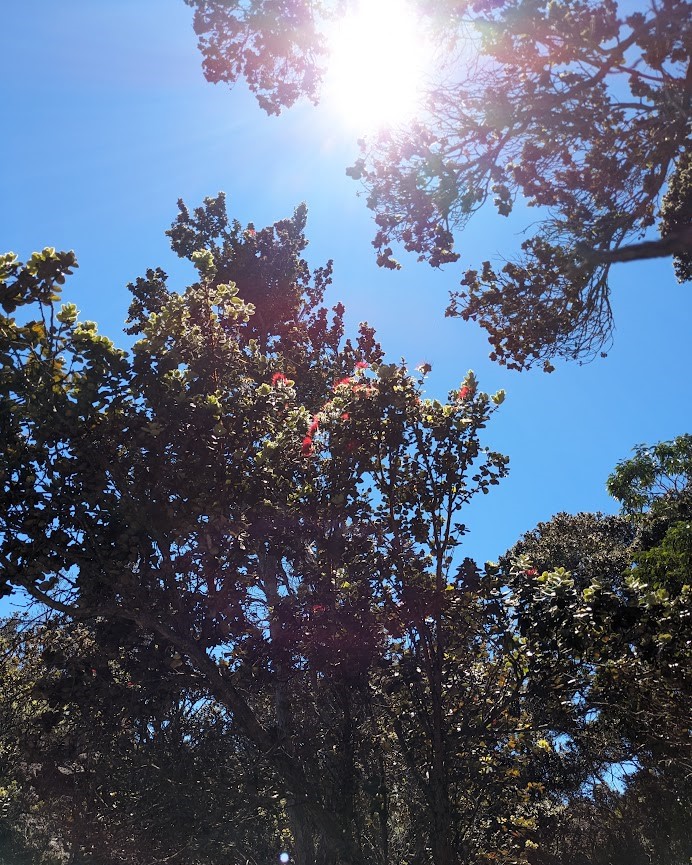
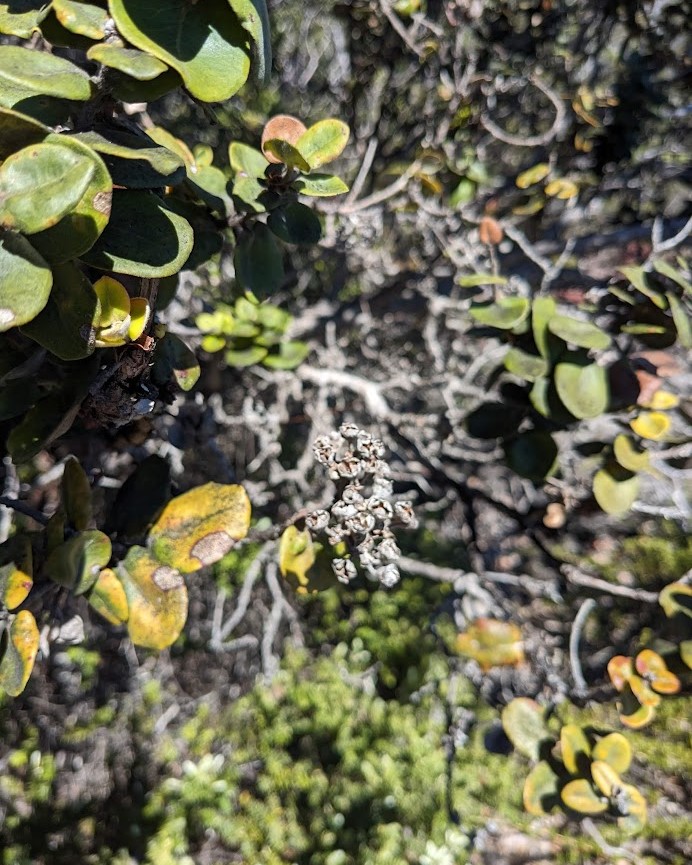
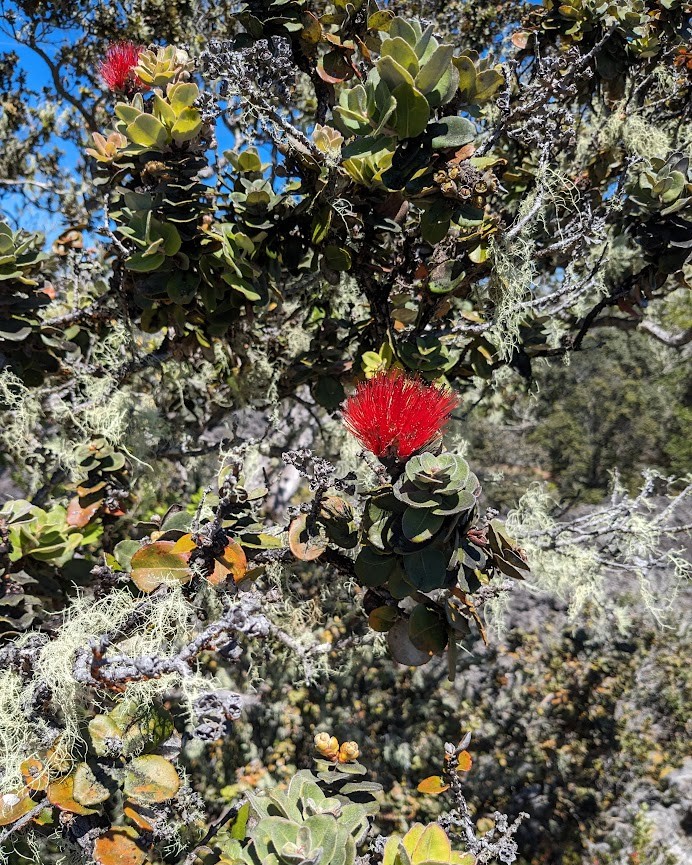
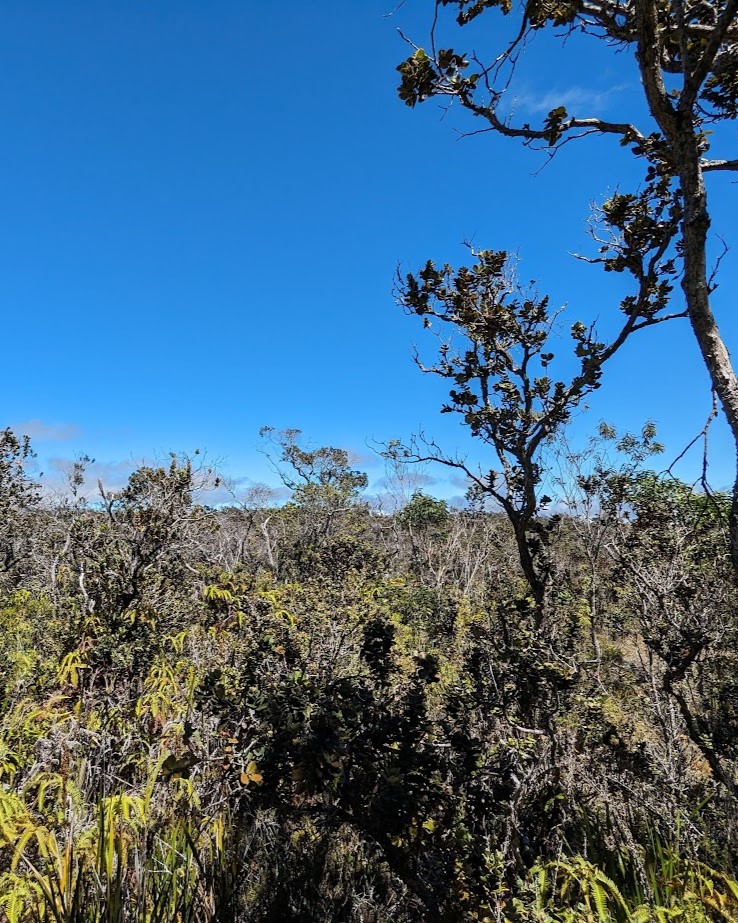
The Hawaiian name of this plant is ‘ōhi‘a lehua, but there are many other Hawaiian names applied to the species and varieties of native plants in the genus Metrosideros (click here to learn more).
The scientific names of plants referred to as ‘ōhi‘a lehua include 8 varieties of Metrosideros polymorpha! The latin name polymorpha indicates many shapes, which is appropriate for ‘ōhi‘a lehua. The many many shapes of ‘ōhi‘a lehua can be tricky to correctly identify to their appropriate scientific taxonomy, which is why the Laukahi Network created identification keys for the main islands.
ʻŌhiʻa lehua is a member of the myrtle family.
‘Ōhi‘a Lehua occurs in many habitats in Hawai‘i, from sea level up to 7,200 feet. It’s the dominant tree in native ecosystems in Hawai‘i, providing habitat for other native species, such as birds, snails, and other plants.
It is one of the first plants to grow after a lava flow and it forms forests in dry and wet environments. Truly a remarkable tree!
‘Ōhi‘a Lehua supports wildlife, provides clean drinking water, and is woven deeply into Hawaiian culture in mo‘olelo (stories), mele (songs) and oli (chants).
Although ‘ōhi‘a lehua are the most abundant tree in Hawai‘i, they are dying from a fungal pathogen. The fungus is called Ceratocystis and has killed over a million trees on Hawai‘i Island. Healthy trees appear to die within a few days to a few weeks, which is how the disease came to be called “Rapid ‘Ōhi‘a Death” or “ROD”. ROD has been found on the islands of Hawai‘i, Kaua‘i, and O‘ahu.
This is a huge conservation concern since ‘ōhi‘a lehua are the foundation of our ecosystems in Hawai‘i and are part of Hawaiians biocultural heritage. Due to these concerns, Laukahi and the Hawai‘i Seed Bank Partnership are working on securing ‘ōhi‘a lehua seeds into seed banks to secure its diversity for the future. Additionally, the Maui County ROD Project and other partners are seeking and building disease resistant strains.
Learn more about ROD here and come to ‘Ōhi‘a Love Festival!
